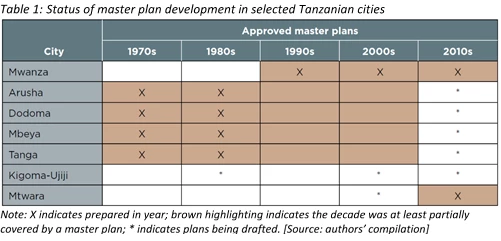A new book, “Fossil Fuel Subsidy Reforms: A Guide to Economic and Political Complexity” (Routledge), explores the complex economics and politics of fossil fuel subsidies, and distils key principles for designing and implementing of effective reforms. Here are some key insights.

Expensive and counter-productive
In recent years, governments around the world have been subsidising fossil fuel production and consumption at a cost to tax payers of up to US$ 1 trillion each year. While these subsidies try to make the fossil fuel industry more competitive and fossil energy more affordable, they also entail enormous societal costs – for instance due to economic inefficiency, inequality, air pollution, and climate change.
In fact, fossil fuel subsidies (FFS) have the polar opposite effect of carbon taxes: they incentivise the overconsumption and inefficient use of carbon-intensive energy and undermine the effectiveness of any climate change mitigation effort. In addition, they drain funds from essential public spending in health, education, and social protection.
The wide range of economic and social externalities associated with FFS emphasises that reform is a vital contribution to sustainable development objectives. Indeed, fossil fuels subsidy reform can play a vital role, for instance, in the reduction of poverty and inequality (in line with the Sustainable Development Goals 1 and 10); promotion of sustainable energy, industrialisation, cities, and transport (SDGs 7, 9, 11, 12); mitigation of climate change and local pollution (SDGs 11, 13); and reduction of illicit activities and corruption (SDG 16).
FFS reform not only removes distorted incentives that undermine countries' ability to make progress towards these goals, but can also unlock significant domestic financing to facilitate and accelerate sustainable development efforts.

Understanding challenges and aligning development priorities
Despite strong drivers for reforms – fiscal strains on national budgets, adverse environmental impacts, and international commitments – overall progress at the country level has been limited and the track record is mixed. Various countries have experienced first-hand the political challenges associated with FFS reforms.
Strong public opposition has repeatedly forced governments to abandon reform attempts, especially when they were poorly designed or implemented. This is not least due to the fact that energy pricing reforms will directly affect the disposable income of consumers and operating costs of firms. Nevertheless, various cases also illustrate that thorough planning, risk assessment, and policy design can enable successful reforms.
However, effective reforms need to be pragmatic. When FFS reforms are implemented in practice, environmental objectives often play a secondary role. Instead, the rationale for reforms is determined within a complex – and sometimes conflicting – context of fiscal, macroeconomic, political, and social factors. In the past, governments have particularly focussed on the fiscal dimension of reforms, i.e. relieving public budgets by removing FFS, and avoiding public opposition by compensating the losers of reform.
However, by focussing solely on managing the down-side risks of reforms, the full sustainable development potential associated with subsidy reform may fail to materialise. Thus, complementary measures and prudent reinvestment of reform revenues are critical to ensure that FFS reforms not only provide short-term relief during fiscal crises, but also serve as a fully integrated component of a long-term sustainable development strategy.

Beyond the fiscal perspective: Designing effective reform packages
This book considers a wide range of policy strategies for managing the risks of reform while seizing the opportunities, and distils the key principles for designing effective fossil fuel subsidy reforms. By going beyond the purely fiscal perspective, well designed subsidy reforms can contribute to all three dimensions of sustainable development – environment, society, and economy. Indeed, FFS reform is not only about removing subsidies, but requires a range of carefully designed and sequenced policy measures. For instance:
- Communication and compensation are key to building acceptance and protecting livelihoods.
- By establishing or strengthening social protection systems governments can help protect people against adverse shocks – not only from energy prices.
- Targeted support measures to enhance efficiency, can enable fuel switching, and foster innovation can help firms maintain – or even increase – their competitiveness.
- Infrastructure investments in public transport or electricity can increase service quality and enable the substitution of polluting and inefficient technologies.
- Transparent systems for the reinvestment and redistribution of reform revenues can form the basis for the sustainable management of natural resource rents.
In the preface, Marianne Fay, Chief Economist for Sustainable Development at The World Bank, writes: “The sheer magnitude of fossil fuel subsidies being paid globally also hints at the size and complexity of the challenge. To reform subsidies means to understand and gauge economic and political trade-offs, to mitigate adverse effects on vulnerable households, to assist firms with implementing efficiency enhancing measures, and to ensure the long-term contribution of subsidy reform to sustainable development. This book explores these issues, with the objective of informing the preparation, design, and implementation of effective fossil fuel subsidy reforms.”
Of course, the work doesn’t end with this book. FFS reforms are never truly convenient or easy – but by drawing on the evidence compiled in this book we can design reforms that work. In doing so we can put money to better use and make progress towards sustainable and equitable development.


Join the Conversation